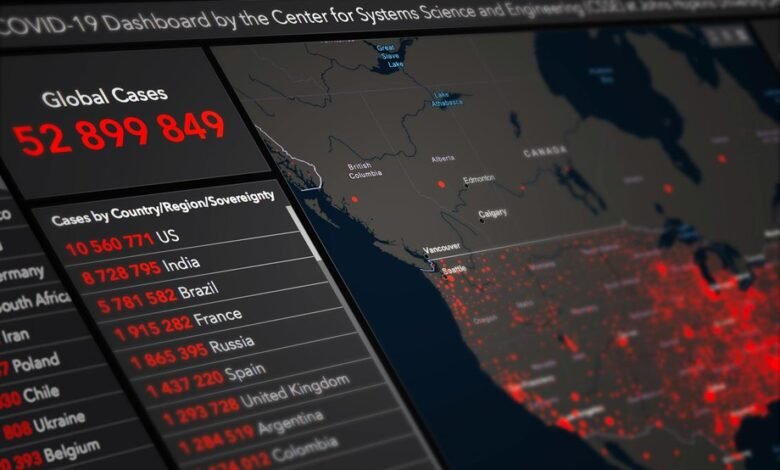Reverse Phone Identity Safety Analysis System 3517305019 3357474918 3272105258 3289111615 3510117159 3791476917

The Reverse Phone Identity Safety Analysis System employs sophisticated algorithms to scrutinize phone numbers such as 3517305019 and 3357474918 against vast databases. This process not only confirms caller identities but also serves as a deterrent against potential fraud and identity theft. Understanding the intricacies of this system is crucial for users seeking enhanced security. However, the implications of such technology extend beyond mere verification. What does this mean for the future of communication safety?
Understanding Reverse Phone Analysis
Reverse phone analysis serves as a critical tool in the realm of identity verification and fraud prevention.
This process employs reverse lookup techniques to uncover the identity associated with a phone number, enhancing phone privacy for individuals.
How the System Works
Utilizing a database of phone numbers and associated user information, the system employs a multifaceted approach to conduct reverse phone lookups.
This involves advanced algorithms for phone number identification, cross-referencing multiple data sources while prioritizing data privacy.
Benefits of Using the Analysis System
The implementation of a reverse phone identity analysis system offers numerous advantages that enhance user safety and information reliability.
Primarily, it facilitates effective identity verification, ensuring that individuals can confirm the legitimacy of unknown callers.
Additionally, the system serves as a robust tool for fraud prevention, mitigating risks associated with identity theft and deceptive practices, thereby empowering users to maintain their autonomy while navigating communications.
Real-Life Applications and Case Studies
While many individuals remain unaware of the potential risks associated with unknown callers, real-life applications of reverse phone identity analysis systems demonstrate their critical role in enhancing personal security.
Case studies reveal how businesses employ these systems to mitigate fraud, while individuals use them to screen unwanted communications. The systematic analysis of caller identities empowers users, promoting informed decisions and safeguarding personal freedom.
Conclusion
In conclusion, the Reverse Phone Identity Safety Analysis System not only enhances user security through rigorous verification processes but also fosters informed decision-making in communications. By systematically cross-referencing numerous phone numbers against extensive databases, it reduces risks associated with fraud and identity theft while promoting a safer environment for interactions. Thus, as it empowers users with reliable information, it simultaneously fortifies trust in communication, ensuring both safety and confidence in every call.




